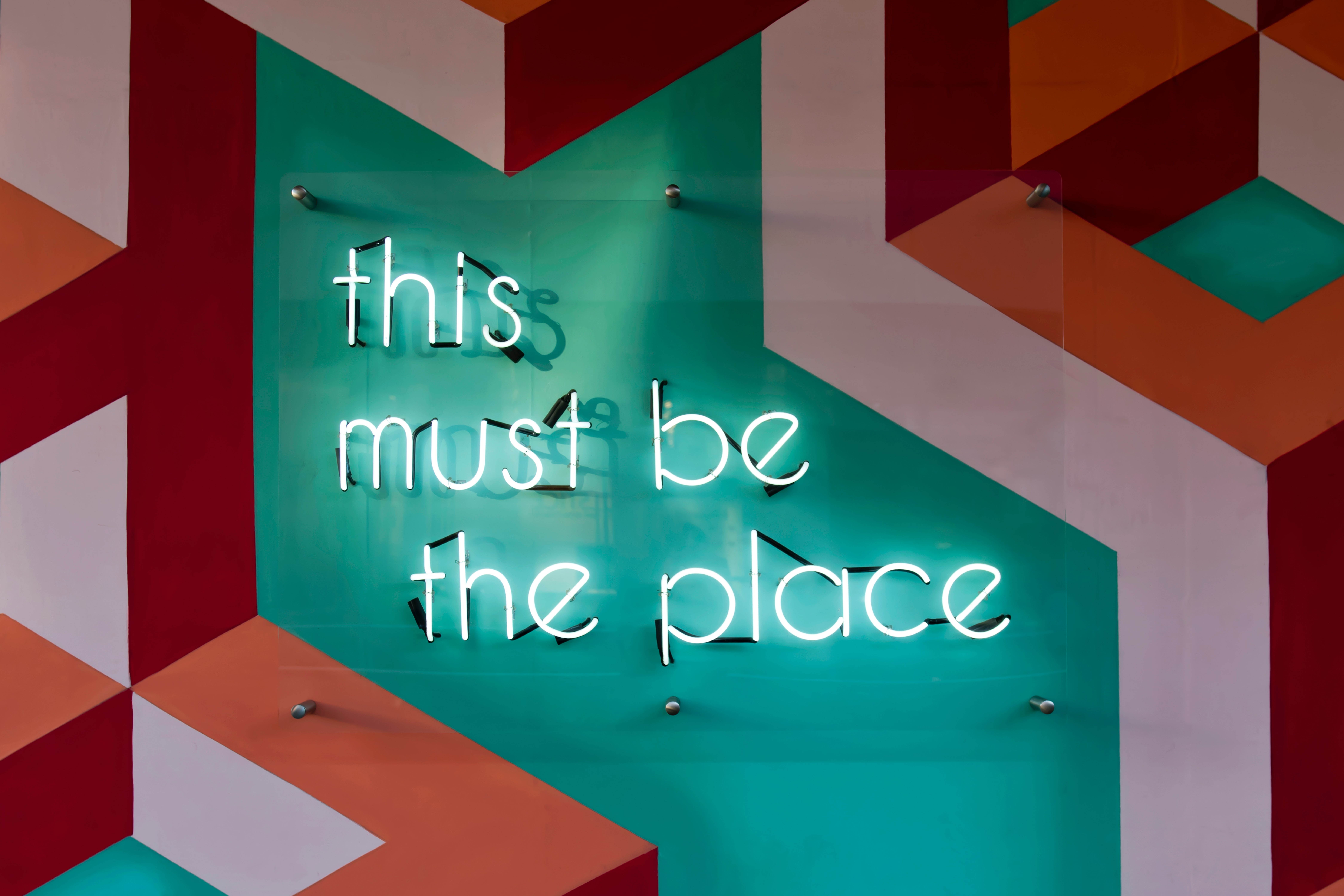The world of work has changed dramatically since the pandemic. Companies had to figure out how to work remotely, and how to switch entire businesses online. Of course, there are many upsides of this disruption - hello digitalisation and more flexible working - but obviously, there were a whole lot of downsides as well.
As people suffered from the negative consequences of those changes - isolation, loss, uncertainty - companies had to face the importance of their staff's well-being for everyone involved. We are finally seeing more and more conversations on the topic. What is the role of the company in their employee's well-being? What can they really do? What works, and what doesn't?
Some companies have already implemented thorough well-being programs, some might offer initiatives like yoga classes, and others continue to ignore the subject altogether.
There are many sources that will tell you what to do, but as in the personal development and self-help sector, some are more credible than others. But will that monthly book club meeting / meditation room / foosball table actually improve people's happiness in the long run? What does the science actually say? What are the factors that really play into a person's well-being and how can they be positively and sustainably impacted in the workplace?
The Study of Well-Being
If we want to improve and maintain people's well-being, we have to act before it's too late. We want to try and avoid burnout, and depression, not just fix it. Focusing on increasing the positive rather than fixing the negative is precisely the objective of Positive Psychology, which is the
scientific approach to studying human thoughts, feelings, and behavior, with a focus on strengths instead of weaknesses, building the good in life instead of repairing the bad, and taking the lives of average people up to “great” instead of focusing solely on moving those who are struggling up to “normal” (Peterson, 2008 - via positivepsychology.com)
We can very much think of it as a parallel to the world of physical well-being, where Salutogenesis studies the origins of health and focuses on factors that support human health and well-being and Pathogenesis on factors that cause disease. In other words, there are things we can do for our bodies - staying fit and active, eating healthily, and sleeping enough - that allow us to stay strong and healthy. And there are doctors to help us for when things go wrong and we need help to make them right. One does not replace the other, the two work hand in hand. And if we focus on keeping up the positive, hopefully, we'll need a lot less of fixing the negative.
PERMA
Positive Psychology, spearheaded by Martin Seligman at the University of Pennsylvania, identifies five main factors (in addition to physical health) that contribute to our overall well-being:
- Positive Emotions - feelings of joy, happiness, love, amusement, etc.
- Engagement - being engrossed in our work, losing track of time, getting into a state of Flow.
- Relationships - having strong and meaningful relationships with our peers.
- Meaning - having a sense of purpose, feeling part of something bigger than ourselves.
- Achievement - feeling that we have accomplished something, that we succeeded in what we set out to do.
The more we can strengthen these elements in our lives, the higher our well-being and perceived happiness. In order to help our team flourish, we need to work on improving these factors in the workplace.
PERMA at Work
How can a company assure Engagement and Flow at work? How can we actually help people feel accomplishment and meaning?
In their 2022 article, Christin Mey and Kerstin Alfes from the ESCP Business School in Berlin identified how to translate the PERMA model into the workplace to improve staff well-being and resilience.

The Well-Being at Work Wheel translates the 5 elements of PERMA into 10 factors for well-being, each with a practical workplace implementation that allows companies to make well-being part of the culture in the long run.
From identifying employees’ key strengths and identifying them in their email signature, to Flow stations, and random acts of kindness - these actions are easy to implement and will help your team flourish, in a scientifically proven way.
The Well-Being at Work Wheel and Art
The subject of mental health is often a bit tricky to approach, even - or especially - for those in need of well-being initiatives. Many people do not like to open up about their emotions, especially in the workplace. Companies wanting to implement well-being programs therefore might even face some resistance.
This is why, at the Stress Less Pencil, we use art and creative activities in order to make this subject more accessible (and fun) to companies and their teams. In our workshops, we discuss the PERMA model and use our creativity to take the first steps toward making these changes.
If our analysis for instance reveals that your team would most benefit from strengthening the PERMA components “Meaning” and “Relationships”, we would do an exercise on identifying strengths in one another and draw these as superheroes. After the workshop, the participants are invited to permanently include their identified strengths in their email signatures to create a visible and long-lasting effect.
This allows companies to offer their teams a fun experience, while at the same time taking the first steps to implement a scientifically proven well-being strategy in the long term.
You can find out more about our workshops for companies here.
Sources:
Mey, C., Alfes, K. (2022). Kommunikation als Katalysator für mehr Wellbeing at Work, Personal Quarterly, 74, 3. https://www.haufe.de/personal/zeitschrift/personalquarterly/personalquarterly-32022-hr-kommunikation-personalquarterly_48_567704.html
Peterson, C. (2008). What is positive psychology, and what is it not? Psychology Today. Retrieved from https://www.psychologytoday.com/us/blog/the-good-life/200805/what-is-positive-psychology-and-what-is-it-not
Seligman, M. E. P. (2011). Flourish: A visionary new understanding of happiness and well-being*.* New York City, NY: Atria Books.
.png?width=70&height=500&name=TSLP%20(3).png)
.png?width=300&height=500&name=THE%20STRESS%20LESS%20PENCIL%20(3000%20%C3%97%20500%20px).png)

Comments